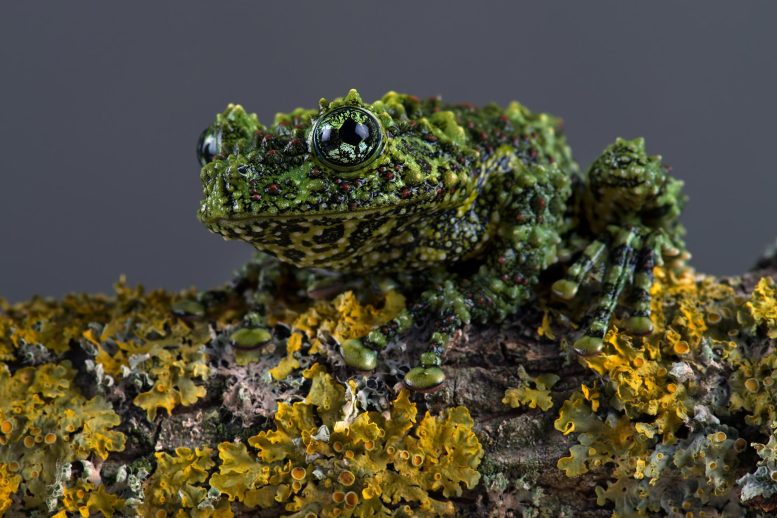
A groundbreaking study presents the most exhaustive frog evolutionary tree, spanning 5,242 species. The research proposes a revised timeline for frog evolution and introduces innovative software, offering insights and methodologies applicable to other organisms. This photograph shows a Vietnamese Mossy Frog (Theloderma corticale).
Most detailed and comprehensive family tree to date of frogs created using molecular data.
Researchers, including Jeff Streicher, Senior Curator in Charge, Amphibians and Reptiles at the Natural History Museum, London, have unveiled the most extensive evolutionary tree of frogs (anuran amphibians) to date. This comprehensive phylogeny, based on hundreds of genetic markers and a staggering 5,242 frog species, is set to transform our understanding of these fascinating creatures.
Shift in Evolutionary Timeline
The new research has also shifted the possible start date for when living frogs began evolving. According to Jeff Streicher, a lead author on the paper, “Previously the group was thought to have begun to split into the thousands of species we see today around 210 or 220 million years ago. Our new analysis suggests instead that this date was around 180 million years ago. Finding that frogs are younger means that they diversified into thousands of species more rapidly than was thought before.”
Frogs, with their diverse natural histories, have always been a subject of fascination for biologists and nature enthusiasts alike. However, previous attempts to create comprehensive phylogenies for these creatures were limited by the types of genetic data being used.
Methodological Advancements in Study
In this study, researchers addressed these limitations by developing an expansive family tree that combined genetic data from phylogenomic studies with hundreds of genetic markers that included only a few species, and data from hundreds of small-scale studies of frogs that sometimes used only one or two markers but collectively included thousands of species. This novel approach allowed them to include an astonishing 5,242 frog species, representing a remarkable 71% increase from previous family trees.
Jeff Streicher says, “Phylogenetic trees are the starting point for most studies looking at a specific group of animals, so it is essential they are as accurate and detailed as possible.”
Dan Portik, lead author adds, “Here not only have we increased the data that the frog phylogenetic tree draws upon but we also developed new software to help improve those data.”
Software Innovations and Future Applications
The researchers developed software to make it easier to compare genes that evolve large differences between species.
John J. Wiens, the senior author and a Professor at the University of Arizona says, “Previous studies were afraid to combine phylogenomic datasets with hundreds of markers with data from many smaller studies with fewer markers. We showed that this is not only possible, but also leads to an improved family-level tree that can include thousands of species. This same approach could be applied to any group of organisms.”
Conclusion and Future Implications
The study represents a significant leap forward in our understanding of frog evolution and provides a valuable resource for researchers and offers new avenues for the study of anuran amphibians. As the scientific community continues to explore and expand our knowledge of these remarkable creatures, this comprehensive phylogeny serves as a foundation for future discoveries.
Reference: “Frog phylogeny: a time-calibrated, species-level tree based on hundreds of loci and 5,242 species” by Daniel M. Portik, Jeffrey W. Streicher and John J. Wienss, 25 August 2023, Molecular Phylogenetics and Evolution.
DOI: 10.1016/j.ympev.2023.107907

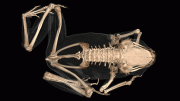
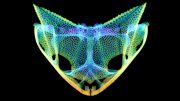
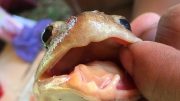
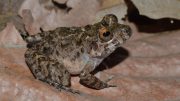
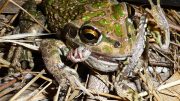
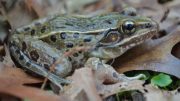
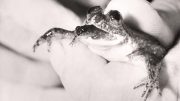
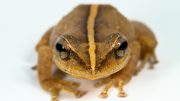
Be the first to comment on "Comprehensive New Amphibian Family Tree Revises Frog Evolution Timeline"